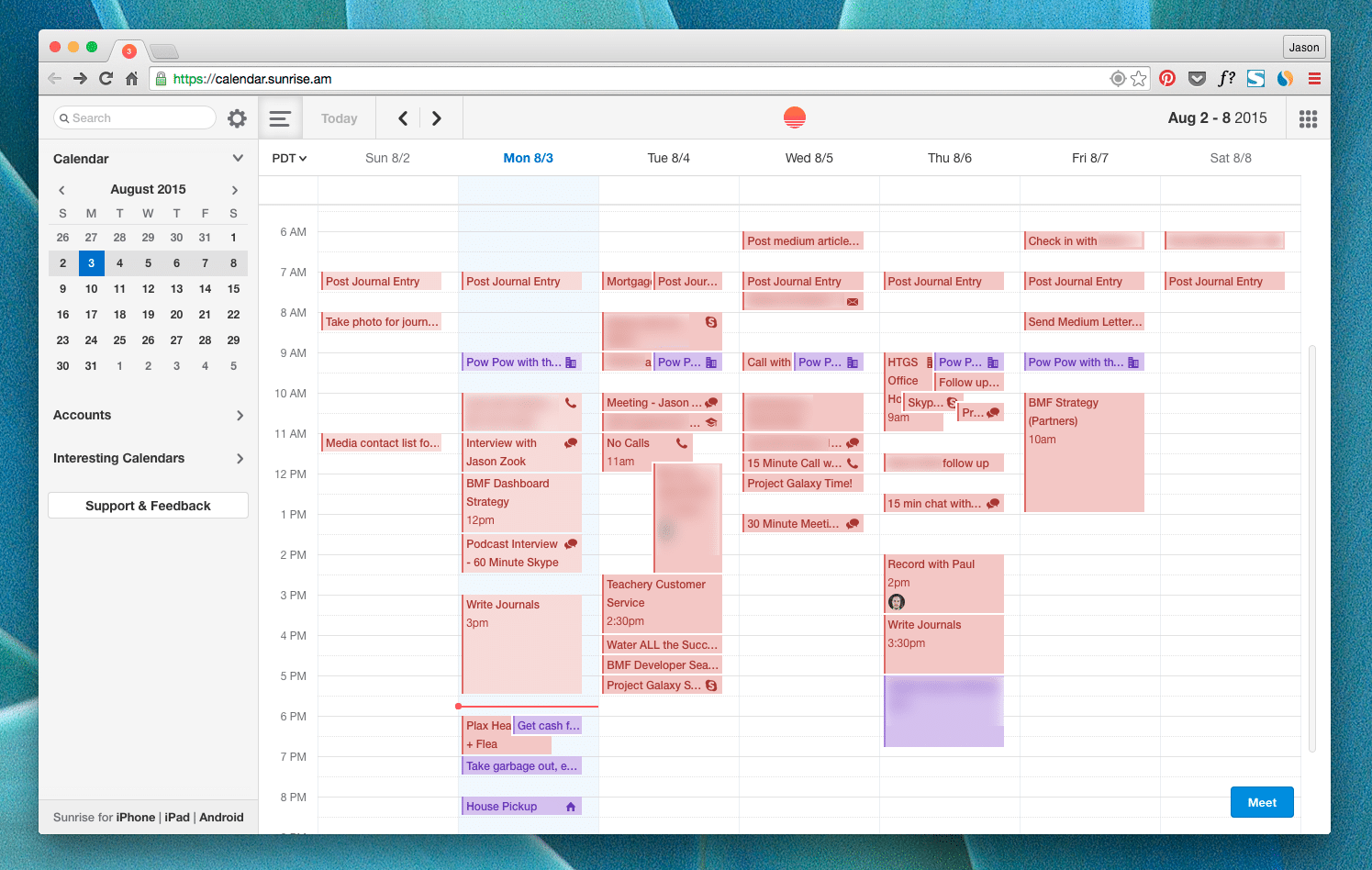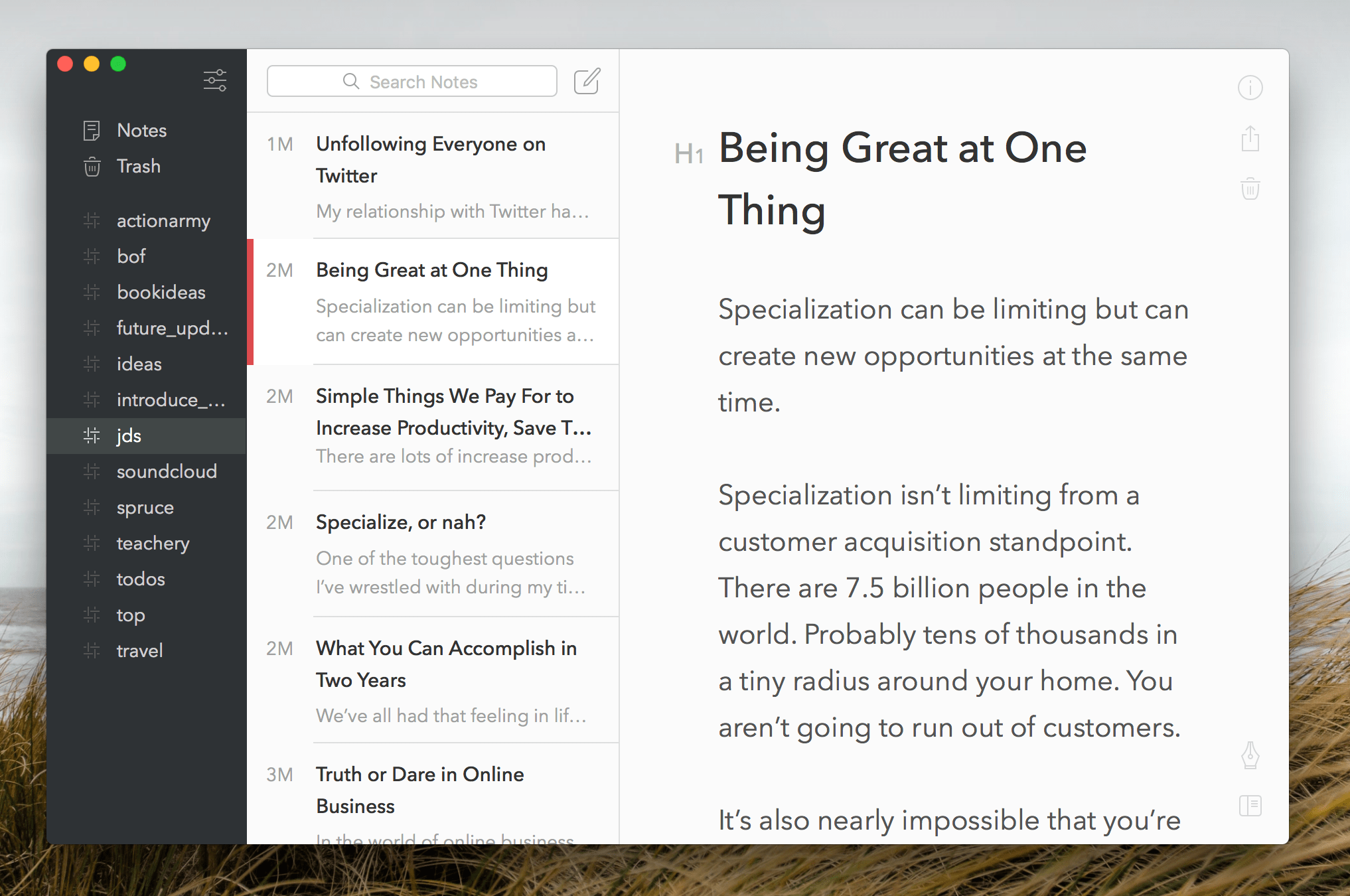We all deal with procrastination, but here’s how you can use constraints and limitations fight through it.
There are times when you feel like you just can’t get any work done. Your thinking isn’t clear. You have too many things racing around in your mind and instead of buckling down and getting to it, procrastination is at an all-time high.
You fall into Workload Paralysis: You stress about all the work that needs to be done to the point of needing an escape, only to come back and see even more work to be done. And on and on and on…
It’s a dark place to be in, but there is a solution. It might seem counterintuitive, but I strongly believe that setting limitations and constraints can help you get through procrastination and help you get more done.
Start Fighting Procrastination By Shifting Your Mindset
We’ve all been there before. We feel the squeeze of a deadline and somehow manage to hunker down and get the work done just in time. Often times during the ‘squeeze’ we feel like we get in the ‘zone’.
You know the zone right? That place where you just seem to be firing on all cylinders and to-dos get knocked off like falling dominos.
There’s a trick to getting in this ‘zone’ often. That trick is to set limitations on time and constrain yourself to focusing on only one task at a time.
One of the best ways I’ve found to master my work output is to be very strict with my calendar. For example, while writing this article I blocked off 1.5 hours. During that time my email was closed, Google Chrome was minimized, my phone was out of sight. I put on some music that helps me focus while writing (Odesza and Pretty Lights). Then I just write. Free from distractions and any potential procrastination. Of course I have moments where I can’t think of what to write next or I can feel the pull of social media. But I remind myself of the limitation I’ve set and stay focused.
My weekly calendar is filled with similar events.
There aren’t a lot of free hours in my day. 90% of the events, however, have nothing to do with phone calls or meetings. Heck, I used to even set times on my calendar to check email and social media (thanks 4-Hour Workweek).
I block off time on my calendar for writing, for strategy sessions, for customer support stuff, for life tasks (appointments, errands, etc), and I even block off time to NOT work.

(A screenshot of my calendar during the BuyMyFuture planning and build.)
Why I only allow myself 30 minutes (or less) when going to the grocery store: No one needs to spend an hour browsing the aisles at the grocery store. Plus, this little trick keeps me from buying extra things I don’t need (because that would take too much time). I’m in and out, with only the items I needed, and I can get back to work or back to time off from work.
If you don’t feel you have the willpower to let your calendar dictate your life, try finding an accountability partner for a while. If you don’t have friends you want to trust with this task, hire a virtual assistant. For the $20-50 you’d spend a week having someone nag you, it might make you want to stick to your schedule more because you’re spending money on it.
Plus, it’s human nature not to let someone down. Whether that’s a friend or stranger somewhere else in the world, accountability can be very powerful.
Don’t procrastinate when picking “the right” tool, app, etc
We have too many tools at our disposal. A simple Google search for “writing app” brings up 252,000,000 results. Holy crap. How does anyone decide where to start? And the answer is not to click through until Page 5 or 6 in the Google search results, that’s just ludicrous.
The key is just to pick one tool and limit yourself to that one thing to start. Personally, I like to pick the tool with the least amount of features. As an example, I use the Bear App for writing. It doesn’t have a toolbar. It doesn’t have text decoration options. There isn’t even any text formatting. Not being able to waste time with features helps me get in the writing zone very quickly.
(The Bear writing app in action – This is where all my articles start!)
A tool should be just that—a tool. It should have just the amount of features necessary to get the job done. When you have the right tool, it fades into the background and allows you to focus on the task at hand.
But how did I find Bear App? Through a friend on Twitter. A friend I trusted the opinion of and I knew was also an efficient writer. It’s one thing to take a recommendation from a friend who has successfully used that tool to their advantage. But if they’re just gushing about all the shiny and ‘interesting’ features it has, that might be a red flag that their recommendation isn’t the right thing for you.
Another way to test a tool is to set limitations with it. Let’s say it takes you one hour to do an existing task with an app you’ve been using for a while. If you want to try a new app, only allow yourself an hour to perform the same task. If you can’t get it done, then the new app isn’t worth the time investment. If you’re able to do the same task in half the time, then you definitely should switch apps.
Constraints Are The Best Way To Avoid Procrastination
It’s my honest opinion, coming from someone who’s created a dozen online courses, written two books, and built four software applications, that having constraints is a beautiful thing.
When I say constraints, I’m talking about a few specific things. The first is only doing the essential things needed to complete a project. The second is not letting assumptions dictate the amount of work you do.
Let me break both of these down for you…
When you’re building anything, it can be tempting to follow through with every ‘great’ idea you have along the way
Yet by constraining yourself to only work on a few things, you have a better chance of actually finishing your project and creating something with value. Here’s an example:
I have an online learning product called Teachery. For a year my co-founder Gerlando and I were heads-down building the best online course building tool we could, with the least amount of features possible.
Every time we’d think of a new feature idea, instead of spending time on it, we’d put it in a massive to-do list in Basecamp. Early on we set goals to help people quickly and easily build and sell beautiful online courses. If each feature we came up with didn’t directly relate to our goals, then it got put in the to-do list queue.
Recently we archived a queue of 50+ feature ideas. They weren’t bad ideas either. But by constraining ourselves to stick to the core features and work on perfecting them, we’ve been able to hit all our goals and milestones (which can be extremely tough when building a software product).
How to avoid analysis paralysis
Now, when it comes to assumptions, I want to share an example of an online course I recently created. When I was writing the outline for the course I had 12 topic ideas. But when I sat down to create the course I told myself to pick the top 8 ideas I thought were most important to open up the course for purchase.
I assumed that people would be interested in the other 4 topics, but knew they weren’t absolutely necessary. I wrote a note in my outline next to those 4 topics that said: “If 5 people ask for any of these, I will create and add them as lessons in the course.” This small step would help test my assumption that people would want this information. So far no one has asked about any of them.
Now in both of these examples, you could argue that my projects could have been better with all the additional features and topics. And while I agree with you in principle, I also believe in the quote “Done is better than perfect”.
I’ve seen it with my own projects and with entrepreneurs and creative professionals time and time again. You want to over-deliver as much as possible to show the value of whatever you’re building. But it’s much easier to launch with less and add to a completed product, then it is to struggle to get a product to market that has a feature list a mile-long.
In almost all aspects of creation I see constraints as a beautiful and helpful thing
They help guide you and give you a compass to reach the finish line of whatever you’re working on. Lots of people get projects to 80-90% completion. Those same people struggle to get sales and always seem stressed out and overwhelmed. Get the best, smallest version of your project done and revel in your successes.
There’s a ton of power in completion.








